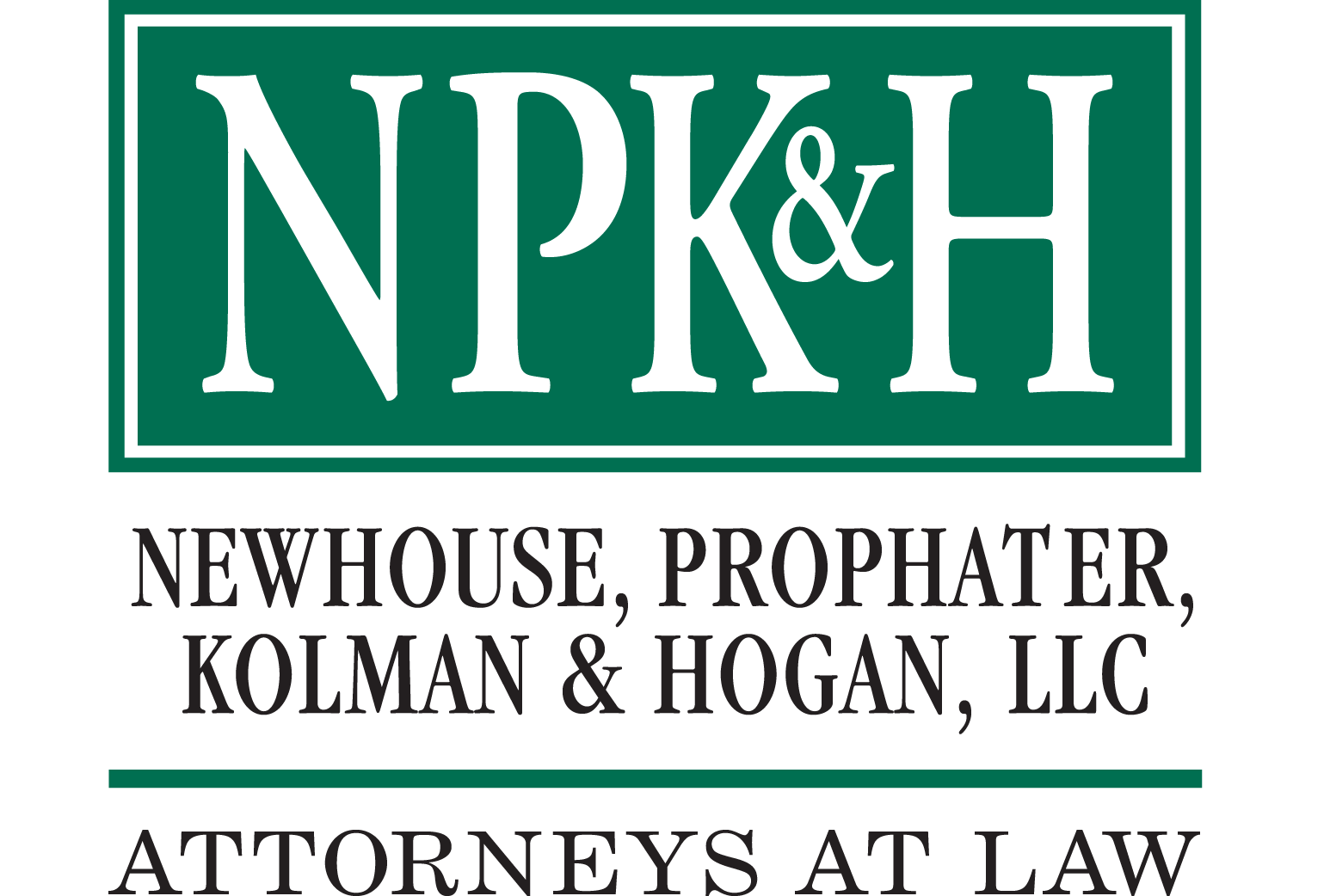Articles
STATE OSHA
INTRODUCTION
A. History
On April 3, 1993 Revised Code Chapter 4167 went into effect. A sixteen
member Public Employment Risk Reduction Advisory Commission
adopted federal OSHA regulations in their entirety on July 1, 1994. The
Ohio Bureau of Employment Services established a new division, the
Division of Occupational Safety and Health, which began enforcing the
OSHA and ODOT standards adopted by the Commission on January 1,
1995.
B. Covered Employers
Townships are expressly included, R.C. Section 4167.01(A)(1). There is a
long laundry list of every kind of conceivable government entity, and then
a catchall at R.C. Section 4167.01(A)(3) that includes every branch of
public employment, whether mentioned expressly in the statute or not.
C. Covered Employees
“Any individual who engages to furnish services subject to the direction
and control of a public employer”. R.C. Section 4167.01. This includes
employees of private companies who contract with public agencies when
the employees are not subject to the jurisdiction of the NLRB. R.C.
Section 4167.01 (B); OAC Section 4167-1-01(H).
Employees of a transportation company who drive school buses
at the direction and control of a school district would be covered.
Employees of a construction contractor who work under the
direction and control of the contractor’s foreman, and who have
the right to form a union that would be recognized by the NLRB
would not be covered.
D. Employees Who Are Not Covered
Firefighters, EMTs, members of the militia, peace officers, corrections
officers and wildlife and forestry employees. Volunteers are not covered,
and those who work for non-profit organizations that contract to provide
emergency services (volunteer firefighter) are not covered.
E. Enforcement Activity
The Division of Occupational Safety and Health has concentrated on
providing consultative inspections. These are voluntary, and the Division
will issue no citations and take no enforcment action as a result of such
inspections. In 1999, the 11 inspectors of the Division performed 574
consultative inspections, conducted 62 training programs, and provided
training to 4043 public employees. Also in 1999, there were 51 employee
complaints resulting in inspections. 5 employees refused to work. Of
those 5, the Division dismissed 2 as not being imminent danger situations.
The other 3 were resolved when the employer agreed to abate the hazard
voluntarily upon consulting with the Division. There has been only one
lawsuit brought by the Division against an employer, and the Division lost
that one. The Division will inspect only if the employer asks it to, there is a
fatality, there are multiple hospitalizations, or an employee or employee
representative complains.
